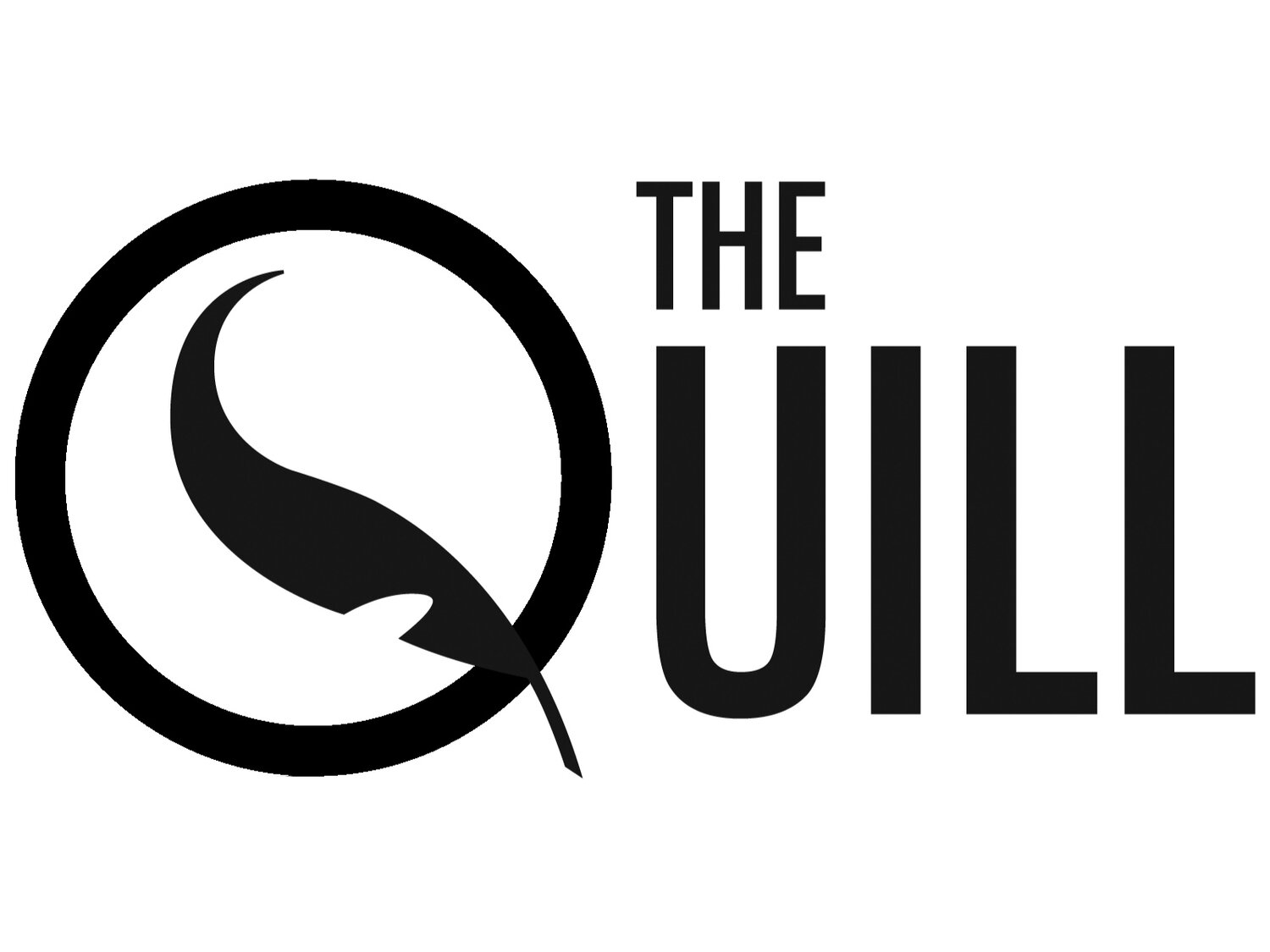Revolutionizing Learning with FlashIQ: An Insight into its Creation and Impact
An Interview with Hashim Farooq by Jordan Dill
Introduction:
Most students in their free time have to balance studying, work, and their social life imagine building an app and fitting it into your schedule. Well, can you imagine the vast amount of time it takes to create and develop an app? Today, I got to sit down with Brandon University senior business student Hashim Farooq as he discusses his app FlashIQ. From the moment he sat down, I could see he was just built different. Brimming with positivity and energy some could only hope to attain after 2-3 cups of coffee.
Interview Questions:
1. What was your Inspiration Behind Creating FlashIQ?
"The inspiration for creating FlashIQ came from my own experiences as a student," says Hashim Farooq. "I often found myself needing a more efficient and engaging way to learn and memorize complex concepts." This desire to enhance the learning experience led to the inception of FlashIQ, with a mission to make learning more interactive and accessible for everyone, especially in an academic setting.
2. What specific problems did you hope to Address and who were your target audience?
"FlashIQ tackles the challenge of retaining vast amounts of information efficiently," explains Farooq. "It helps students make their learning less overwhelming by breaking it down into parts." The app caters to students, professionals, and lifelong learners who need to memorize and recall information quickly. By incorporating spaced repetition, interactive flashcards, and multiple-choice tests, FlashIQ enhances memory retention and makes learning more engaging.
3. Can you describe the development and launch Process?
"The development of FlashIQ was a meticulous process that began with identifying key features and designing a user-friendly interface," Farooq details. "We utilized agile software development, with a focus on Swift for iOS development. This ensured that the app was robust and intuitive, with seamless interaction across all Apple devices." The launch involved beta testing to gather initial feedback, followed by a phased rollout to manage server loads and address any emerging issues.
4. Did you have any challenges During the Development stage?
Navigating the complexities of UI and UX optimization posed significant challenges during FlashIQ's development. "With educational apps like FlashIQ, it's crucial to prioritize intuitive design," Farooq remarks. "Balancing user engagement with educational value was also very tricky, as was ensuring seamless performance across different iOS devices."
5. What makes Flash IQ Different from other Apps?
"What sets FlashIQ apart from other educational apps is its comprehensive approach to learning," Farooq highlights. "We've combined spaced repetition, interactive elements, and multiple-choice tests to create a holistic learning experience." FlashIQ stands out through its personalized learning experience, offering a wider range of customizable flashcards, an easy-to-use UI, and the ability to add sketches and diagrams to flashcards for free.
6. What type of Feedback and Suggestions have you taken into consideration?
"The feedback has been overwhelmingly positive, especially regarding the app's user interface and the effectiveness of the learning algorithm," Farooq shares. "We've incorporated suggestions such as more diverse flashcard topics and the ability to share flashcards with peers, enhancing the collaborative learning experience."
7. What Marketing Strategies have you used?
"We've used a mix of content marketing, social media engagement, and partnerships with educational institutions," Farooq explains. "The most successful strategy has been leveraging user testimonials and word-of-mouth referrals, as they authentically showcase the app's impact. While marketing efforts have been limited pre-revenue, we're focused on building a strong user base."
8. Is there a Monetization Plan in the future?
"Currently, FlashIQ operates on a freemium model," Farooq reveals. "Basic features are free, while advanced features, like AI card generation and text-to-speech, will require a subscription. We're exploring partnerships with schools and content collaborations as additional revenue streams."
9. Are there any Future Updates or Features coming soon?
"We're planning to integrate AI-driven personal tutors and expand our content to cover more subjects," Farooq discloses. "Also in the pipeline is a feature that allows users to create and share their own flashcard sets with the community. Additionally, we're working on allowing students to register with a university course so that professors could share study sets and notes, similar to TopHat. The future of AI in education is bright, with the potential to cater to each individual student and their learning style."
10. Do you have any Advice for Aspiring Entrepreneurs or App Developers?
"My advice would be to thoroughly research your target market and continuously engage with your users for feedback," Farooq advises. "If you want to start building something, whether it be an app or a business, the hardest part is starting. Start with what you know and what you have. Stay flexible and ready to pivot if needed, and don't underestimate the importance of a solid marketing strategy. Most importantly, be passionate about your idea and resilient in the face of challenges."
In conclusion, FlashIQ represents a paradigm shift in the way we approach learning. By leveraging technology to enhance memory retention and engagement, Hashim Farooq, a senior of Brandon University, has created a tool that empowers students and lifelong learners alike. As the educational landscape continues to evolve, FlashIQ has amazing potential to shape the future of learning one flashcard at a time.

